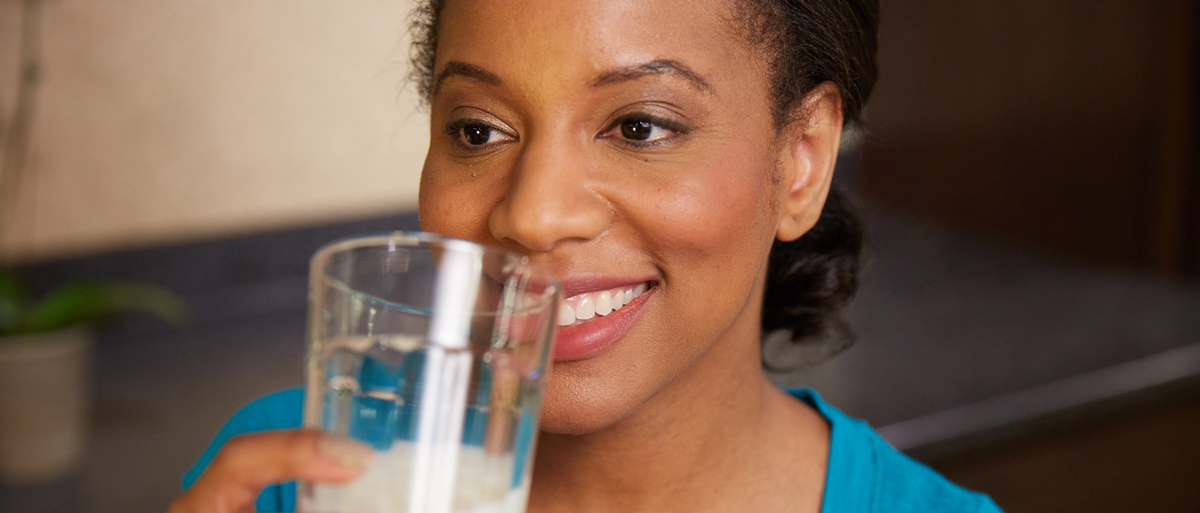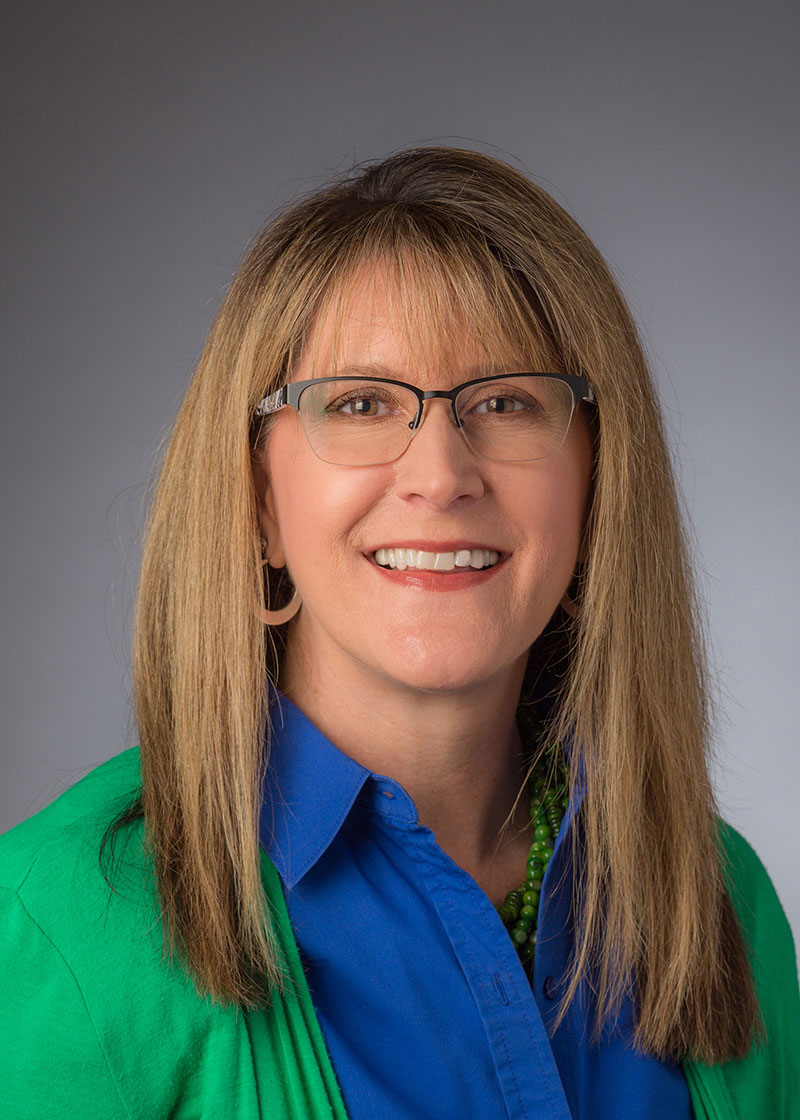Pasteurization is a pretty big deal. I, for one, appreciate this process as well as its discoverer, Louis Pasteur. December 27 is his birthday, 190+ years later.
Food safety is something that most Americans take for granted. As a Family and Consumer Science educator, I dabbled in food safety in college and grad school some, and I’ve been ServSafe Certified by the Oklahoma Restaurant Association. But more importantly, I’m a proud self-proclaimed member of the highly esteemed food safety police. Okay, that may be a little strong, but I do take food safety seriously. Foodborne illness is no laughing matter.
Back to pasteurization. Pasteurization was first used in wines in France in 1862. The souring of beers and wines was a problem causing lots of spoilage – and costing the wine producers money. After pasteurization was found to be successful in wines, they started using the process for milk.
Pasteurization Process
- Heating milk at temperatures high enough to kill off any pathogens that can cause issues.
- Cooling back down to keep the pathogens from growing.
- Pasteurized milk still has the same natural goodness as it did before the pasteurization process.
- This simple and effective process also increases the shelf life of milk.
Today, thanks to our friend Louis, we can go to the fridge and grab a gallon of pasteurized milk and feel certain we are not only getting important nutrients, but we are also drinking one of the safest foods in the world.
Shelf-Stable Milk
- Shelf-stable, or aseptic milk, uses another pasteurization method (there are a few methods) known as Ultra High Temperature (UHT).
- Aseptic or UHT milk is then shelf-stable and does not need refrigeration until opened, and the shelf life is longer.
- Often, aseptic milk is packaged in single serve containers, and it’s sometimes found on the grocery store shelf rather than in the refrigerated dairy case.
From farm to fridge, lots of practices have been put into place to keep our food safe, and since we don’t see widespread foodborne illness in America, we often take those practices for granted. Additional safeguards like pasteurization complete the picture.
So the next time you raise a glass of ice cold pasteurized milk, give a toast to good ol’ Louis. Thank you, Louis!




